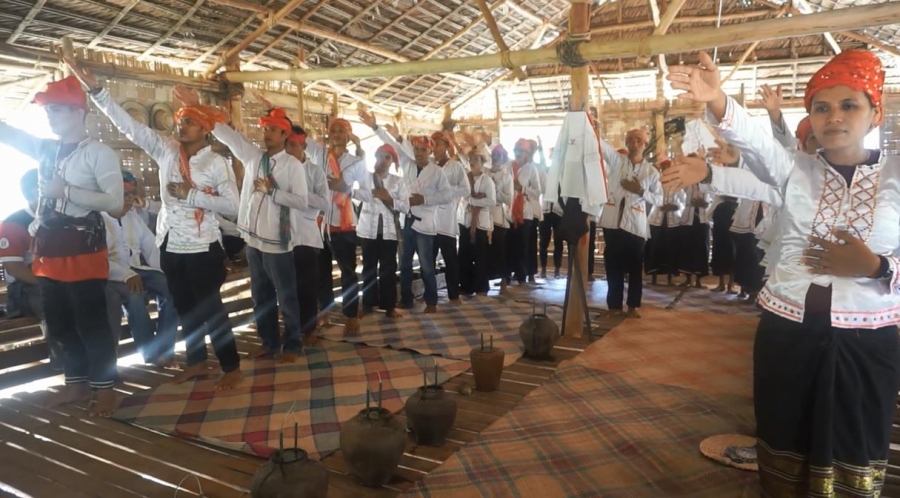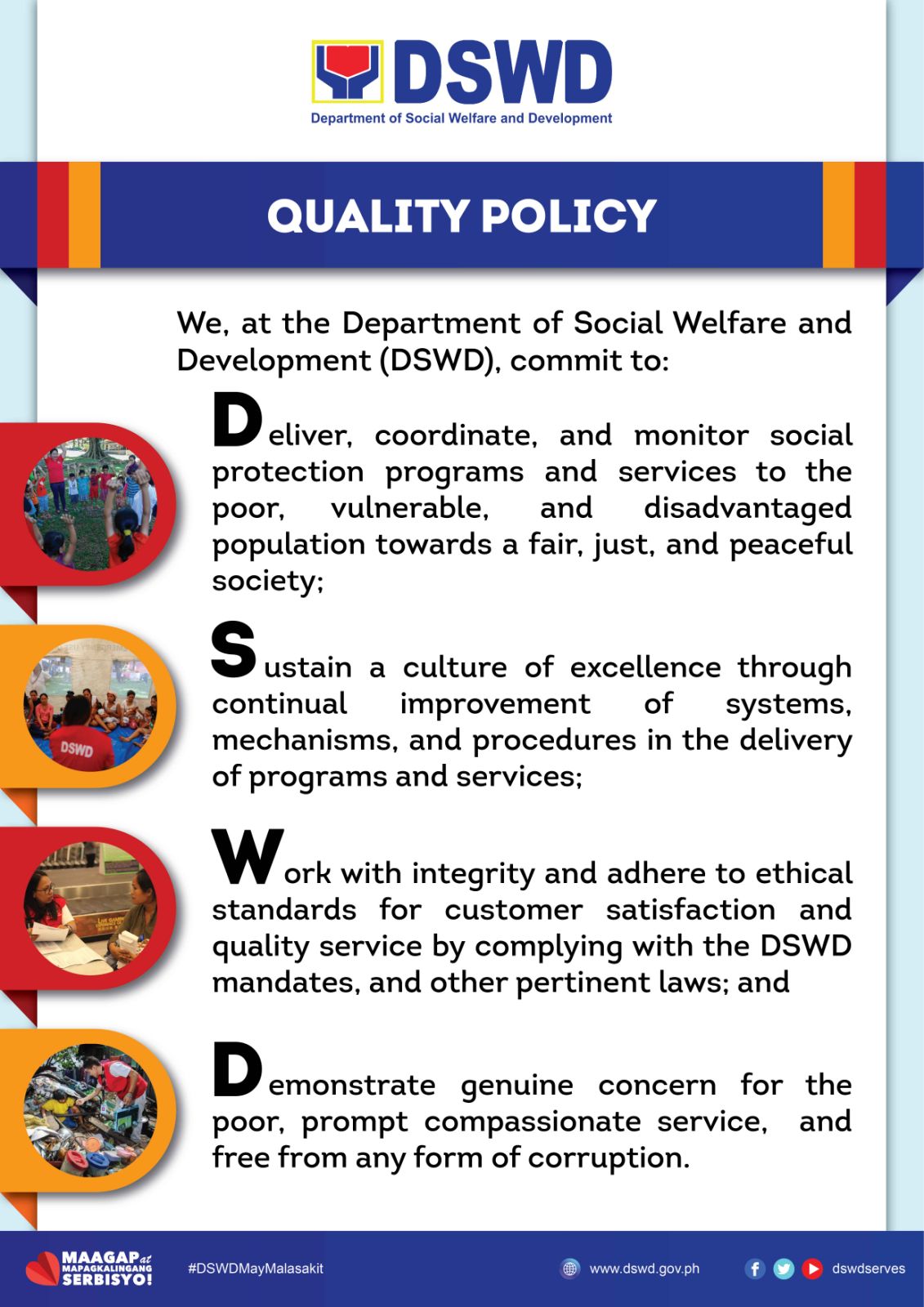This has been the case for the Subanon tribe of Barangay Tabayo in the Municipality of Siocon, Zamboanga del Norte. The barangay has a 99% population of Subanon.
The Subanon are known to be “peace-loving” people, which justify the reason why they move from one place to another. They move to areas far from noise. They cultivate crops, they are also known to raise livestock including pigs, chickens, cattle and carabaos. Subanon houses are built along hillsides and ridges overlooking family fields.
The tribe is continuously confronted with complex societal challenges like globalization, arm struggle and violent extremism among others.
According to Bonifacio Patoh, 54, BMSPC Chair and a resident of Barangay Tabayo, the tribe’s community elders have observed that the younger generations are losing their sense of appreciation for the richness of their culture. This contributes to losing of their sense of identity in which lies the very existence of their tribe.
Based on the fear among the tribal elders who perceives that the new generation is no longer practicing the Subanon Cultural processes handed over by their forefathers, thus the proposal for the construction of the “Subanon Piglompokan Nog Baloy Nog Mokogulangan”.
Implementation
Located 8 kilometers away from the Poblacion, the barangay experiences a lot of difficulties like problem on education, impassable roads, low income and cultural issues. During the 2nd Barangay Assembly, the people deemed it necessary to give importance to discuss and address the concerns of the IPs. It cannot be denied that due to “strong social influence” the IP issues were not given priority. And with continuous assemblies surface the agreement on the construction of the heritage village.
Through the Project Preparation Team (PPT) and the Barangay and Local Government Unit of Tabayo, helped realized the creation of the IP Heritage Village.
The materials used in this sub-project were purely indigenous resources coming from the mountains of Siocon hand-picked by the Subanon community themselves which they believe more appropriate for the design.
“DIli man ni makadaot sa kinaiya kay dili man ni gidaot namo ang mga kahoy. Selected lang man kung unsa lang ang mga gikinahanglan”, explained by Boni on the process of gathering the materials. (This will not ruin the environment because we did not intend to destroy the trees for lumber. Only those needed were selected).
Unlike the usual standard design of KALAHI-CIDSS led infrastructure sub-projects, the proposed look of the village was based on the historical structures built for specific purposes. Instead of using nails in building the houses made from indigenous materials, they preferred using twigs, traditionally used in building Subanon structures in the past. The twigs were carefully wrapped around the pillars to firmly hold each structure.
The IP Heritage Village is an 8-structure sub-project designed to be a venue to showcase their arts and crafts. It is also a place to practice their culture and tradition and to strengthen their self-worth and further empower them to be more productive members of the community.
Each structure has its own use:
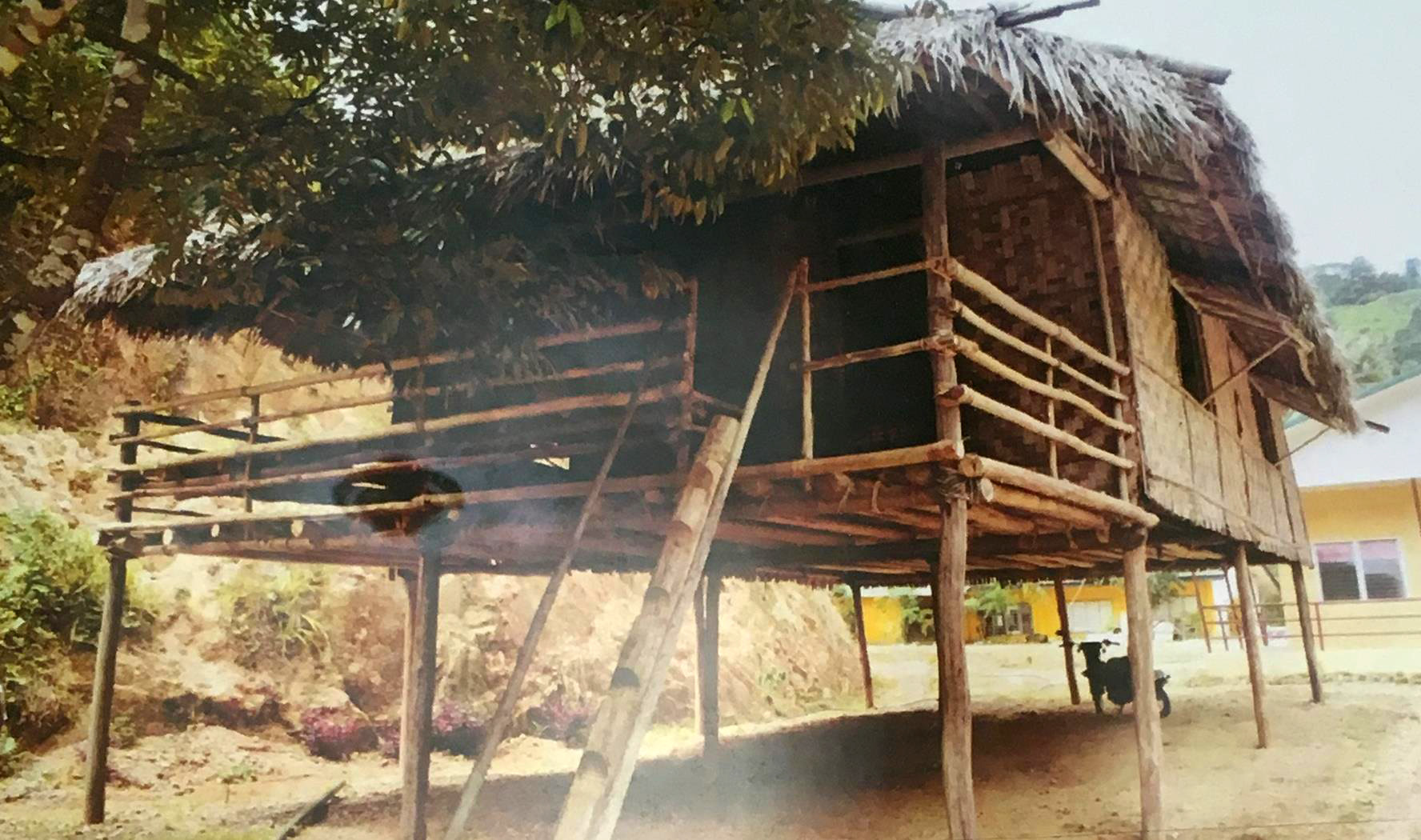 “Baloy Poglompukan” is a structure where Elders gathers to discuss traditional matters.
“Baloy Poglompukan” is a structure where Elders gathers to discuss traditional matters.
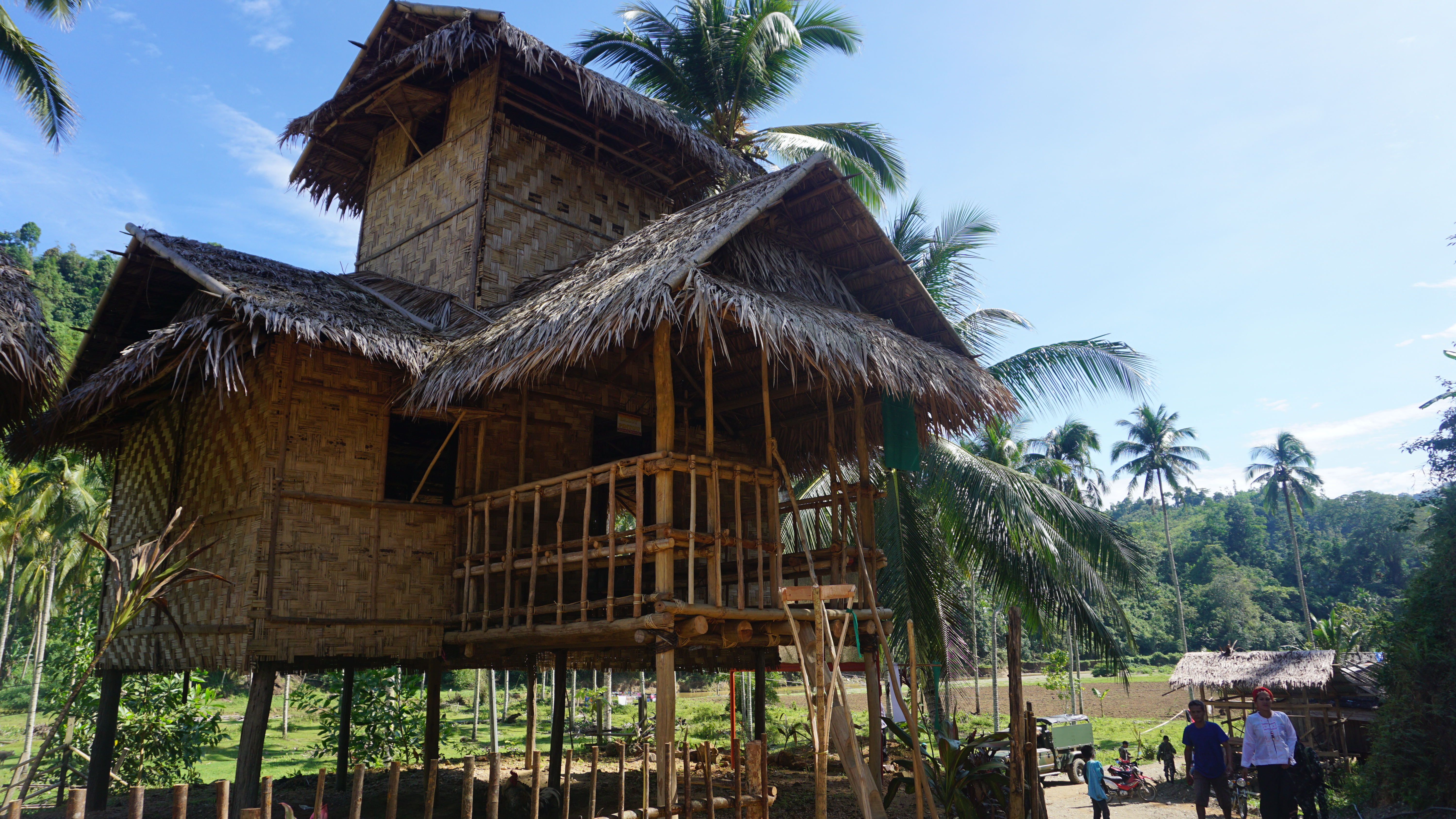 “Baloy Pintow”, is a place where family and friends gather.
“Baloy Pintow”, is a place where family and friends gather.
 “Maligay”, is the place where they nurse a person who is believed to be inhibited with spirited elements from the mountains.
“Maligay”, is the place where they nurse a person who is believed to be inhibited with spirited elements from the mountains.
 “Glapow”, represents the holy church of Subanon people and they usually gather here during Wednesdays.
“Glapow”, represents the holy church of Subanon people and they usually gather here during Wednesdays.
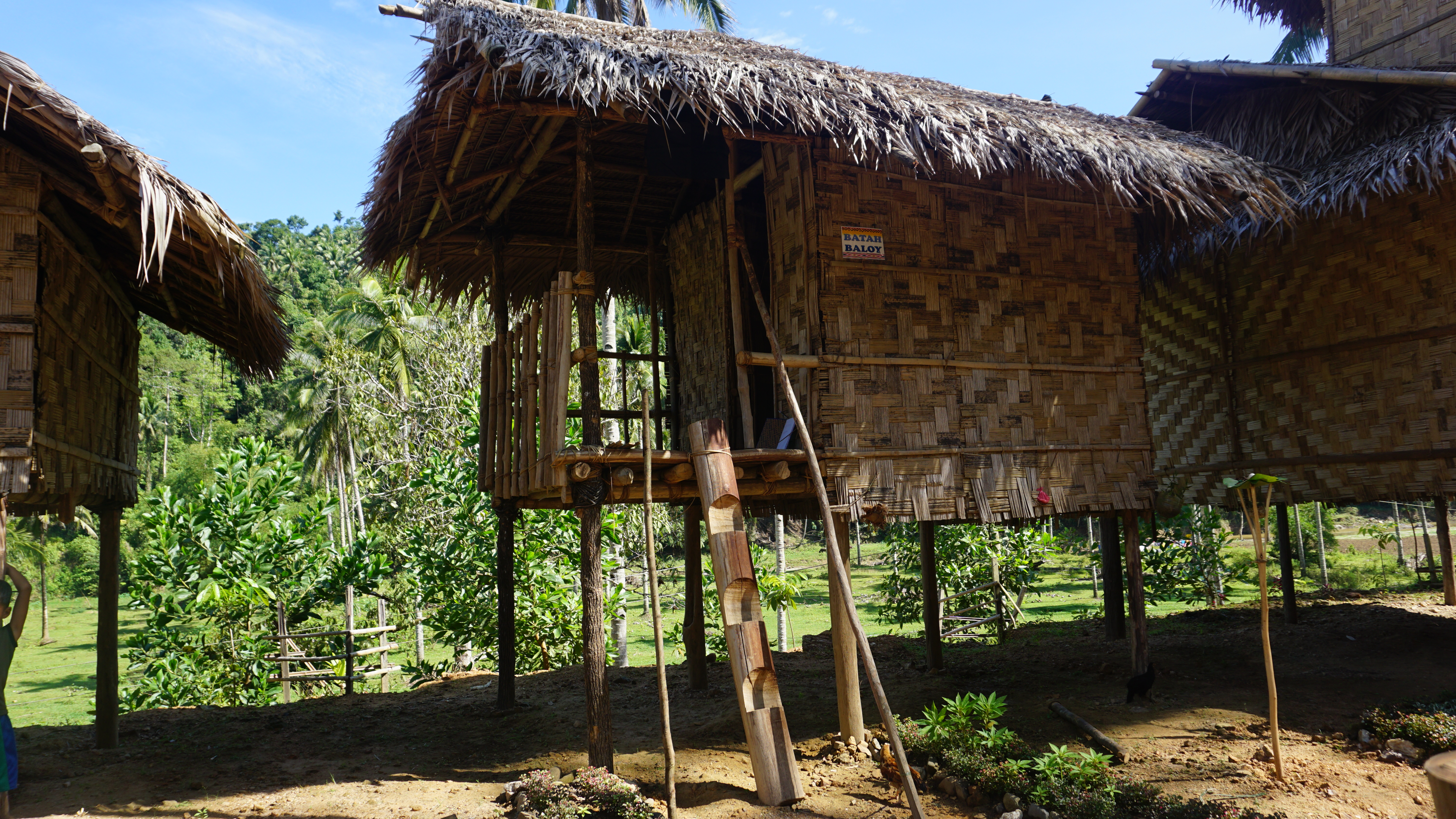 “Batah Baloy”, is the sacred place where the “Boliyan” or Subanon priest prays. This is where the good spirit usually comes in.
“Batah Baloy”, is the sacred place where the “Boliyan” or Subanon priest prays. This is where the good spirit usually comes in.
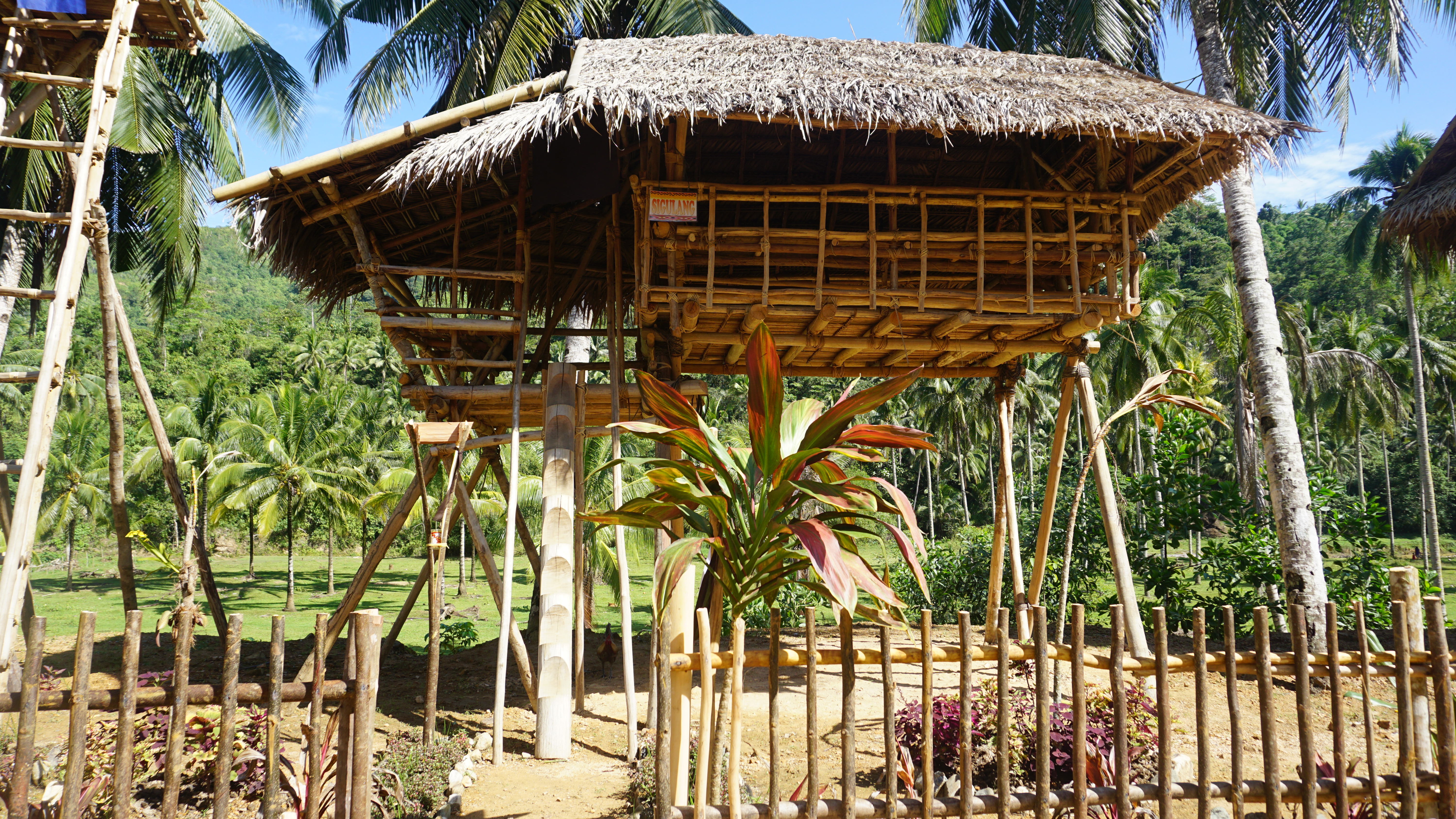 “Sigulang”, is the place where the traditional Subanon relaxes after a long hours of farming in the mountains.
“Sigulang”, is the place where the traditional Subanon relaxes after a long hours of farming in the mountains.
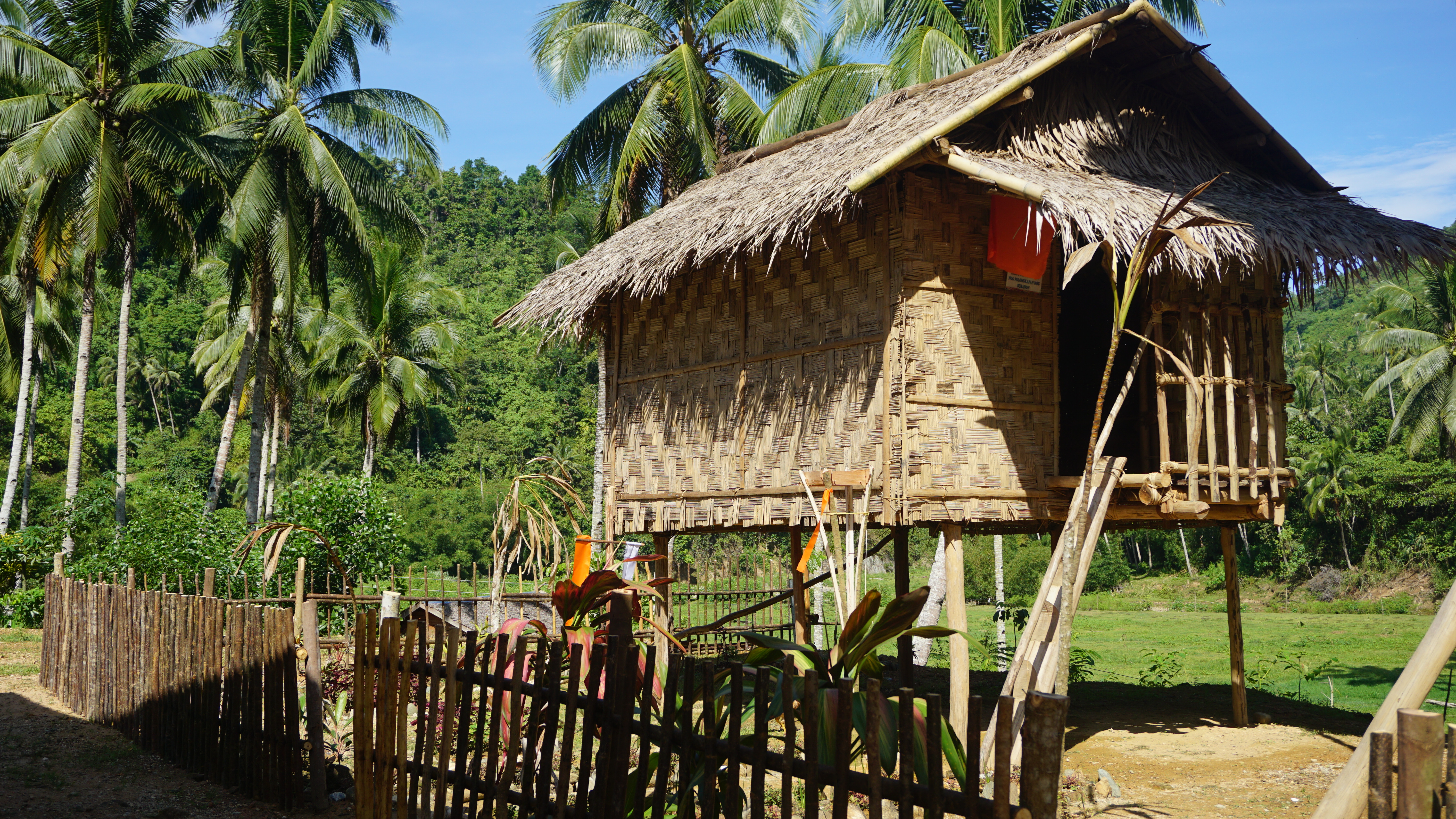 “Baloy Ponginaguan nog Polongkapan nog Subanon”, is where they store and display their farming tools and other sacred materials.
“Baloy Ponginaguan nog Polongkapan nog Subanon”, is where they store and display their farming tools and other sacred materials.
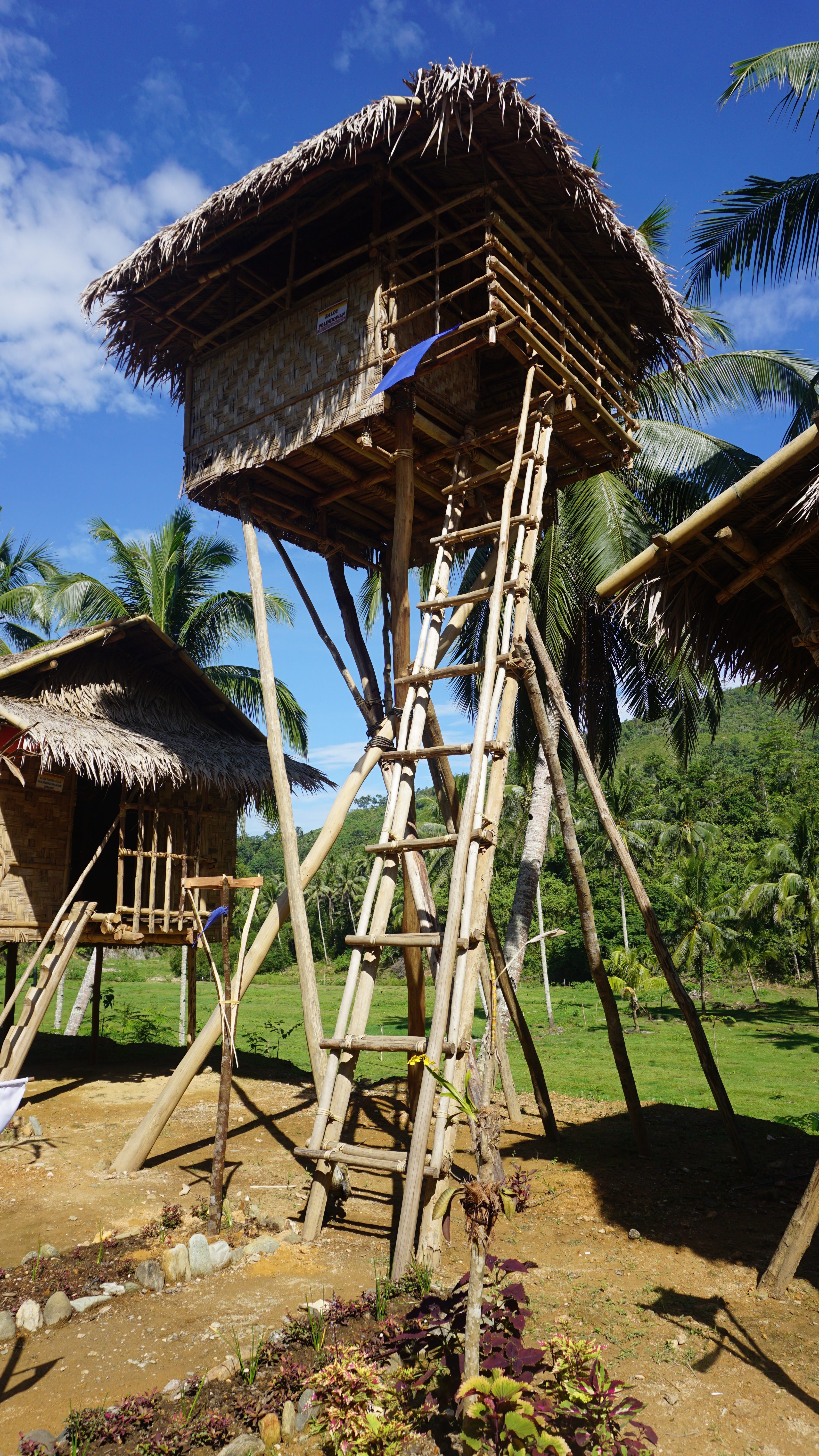 “Baloy Polindowan”, is the place where Subanon people meditate to take away stress and problems.
“Baloy Polindowan”, is the place where Subanon people meditate to take away stress and problems.
Benefits
Among the direct benefits identified by the community and the B/LGU includes the revival and preservation of the cultural practices of the Subanon in Tabayo. They believe that the discrimination and marginalization that the tribe experienced in the past can now be addressed.
The construction does not only provide a physical structure to showcase their arts and crafts in the village, most importantly they are given a place to practice their culture and tradition without judgment, strengthening their self-worth and empowering them to be more productive members of the community.
Since the sub-project was built near the school, DepEd’s IP Education was strengthened in this area.
Teachers are able to demonstrate to the Subanon children the different concepts and intricacies of the Subanon culture.
The Heritage Village serves as a venue for the children to embrace their unique cultural identity. With the empowerment that recognition and education has brought them, the Subanon children now wear their heritage with pride. This has led to them finishing high school with some Subanon even reaching college.
“Ang KALAHI dili lang siya mag-implement og project, maghatag pud og kahibalo sa community kaning pag-process sa mga materyals, pagpadagan sa mga papeles ani. Dagko kaayo mg pasalamat ning ani kay kami mismo proud mi nga naa mi ingon ani bisan asa mi makaadto nga area sa IPs”. (The Kalahi program does not only implement projects, they also share (transfer) knowledge to the community on how to process materials, on how to go about with the documents.
We are grateful for we are so proud that we have this kind of (project) wherever IP area we may go”), shared by BSPMC Chairperson Patoh during the inauguration ceremony.
Mayor Julius Lobrigas considers the KALAHI-CIDSS NCDDP sub-project a significant step in the preservation of Subanon culture and heritage.
He emphasized that the structures will provide a place where the IP community can gather and become more united.

